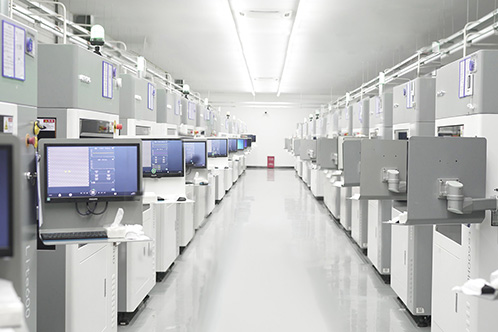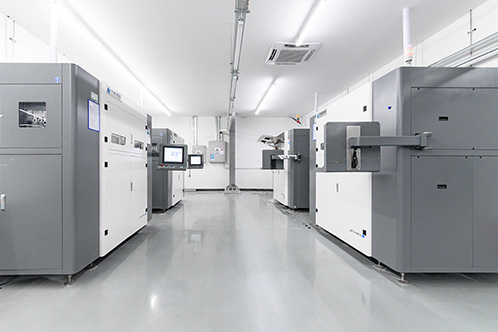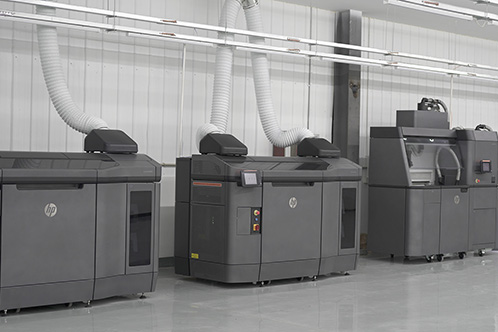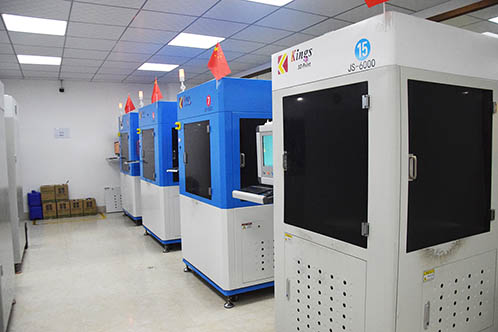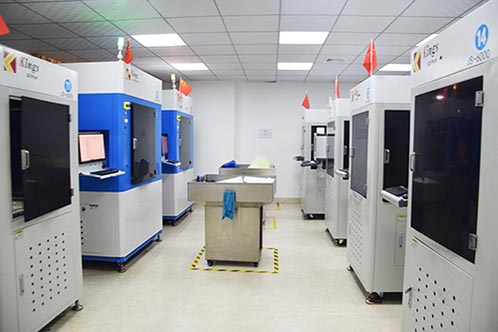Precision SLM 3D Printing Service
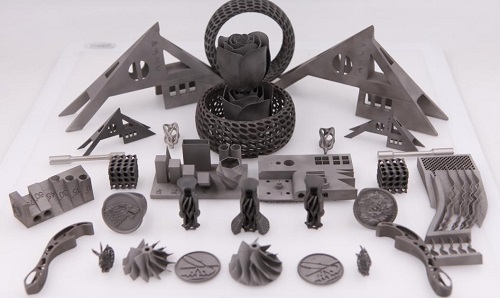
High-Quality SLM 3D Printing Service for Precision Prototyping and Production
Imagine you have a revolutionary design in your hand, but traditional manufacturing methods cannot meet your ultimate pursuit of details. At this point, our SLM 3D printing technology came in handy. This technology can be precise to the micrometer level, ensuring that every complex component can be perfectly replicated. Not only that, it also greatly shortens the time from product design to prototype to final production. We are well aware that in a fiercely competitive market, speed and quality are equally important. Therefore, our service is not just about providing a technology, but also offering you a platform to accelerate innovation. Whether it's aerospace, medical equipment, or automotive manufacturing, our SLM 3D printing can meet your dual needs for accuracy and efficiency.
How SLM 3D Print Works
Selective Laser Melting (SLM): A Revolutionary Metal Additive Manufacturing Approach
Selective Laser Melting (SLM) is an advanced metal 3D printing technology that was first proposed by the Fraunhofer Research Institute in Germany back in 1995. Unlike the traditional Selective Laser Sintering (SLS) process, SLM enables the direct formation of near-fully dense metal parts through the selective melting of metal powders.
The key advantage of SLM over SLS is the elimination of the complex manufacturing steps required for metal parts. In the SLM process, the metal powder is instantaneously melted and solidified (with a cooling rate of approximately 10,000 K/s), resulting in a large temperature gradient and significant residual stresses within the part.
This rapid melting and solidification process, however, can pose challenges in terms of substrate deformation. To overcome this, the substrate must be rigid enough to withstand the influence of the residual stresses. Stress relief annealing can be employed to eliminate the majority of these residual stresses, preventing excessive substrate deformation due to insufficient rigidity.

SLM's ability to directly fabricate near-fully dense metal parts, without the need for complex manufacturing steps, has made it a valuable technology in various industries, including aerospace, automotive, medical, and beyond. By leveraging the precision and design flexibility of SLM, engineers and manufacturers can push the boundaries of what is possible in metal additive manufacturing.
SLM Design Guidelines and Capabilities
Our basic guidelines for stereolithography include important design considerations to help improve part manufacturability, enhance cosmetic appearance, and reduce overall production time.
| Max Forming Size | 450*450*500mm |
| Layer Thickness | 20μm~100μm |
| Wall Thickness | 0.7mm |
| Tolerances | ±0.2mm |
| Normal Lead Time | 3 days |
| Material Types | Stainless Stee | Aluminum Titanium | Die Steel | Nickel alloy |
Advantage of Laser-Driven Metal Additive Manufacturing
-Laser beam can quickly melt metal powder and obtain continuous weld path, which can directly obtain almost any shape;
-The fabricated metal parts have high dimensional accuracy, good surface quality and nearly 100% density;
-Compared with the traditional process, it basically does not need subsequent reprocessing, which can greatly shorten the processing cycle, avoid material waste and reduce the expensive mold cost;
SLM Material Options
Aluminum Alloy
Iron Base Alloy
Mold Steel
Mold steel is a kind of steel used to manufacture cold stamping die, hot forging die, die casting die and so on. As the mother of industry, the quality of die directly affects the quality of pressure machining process, product accuracy, output and production cost. In addition to reasonable structural design and machining accuracy, the quality and service life of die are mainly affected by die material and heat treatment. The hardenability of traditional process is poor, and it will be scrapped once cracked in the process of quenching. With the participation of 3D printing technology, the formed die grains can be improved in the process parameters, which directly improves the mechanical performance. 3D printing is processed by laser. The die steel obtained after high-speed cooling is very uniform, and hardly needs to go through the quenching process. It can be used after the internal stress is released after heat treatment.
Titanium and Titanium Alloys
Titanium and titanium alloys have the remarkable characteristics of high specific strength, heat resistance, corrosion resistance and good biocompatibility. They have become ideal materials in the fields of medical devices, chemical equipment, aerospace and sports equipment. Titanium alloy is a typical difficult to machine material, which has high stress, high temperature and serious tool wear, which limits the wide application of titanium alloy. 3D printing technology is especially suitable for the manufacture of titanium and titanium alloys. When 3D printing is carried out in a protective atmospheric environment, titanium is not easy to react with oxygen, nitrogen and other elements. At the same time, the rapid heating and cooling of local micro areas also limit the volatilization of alloy elements; Second, complex shapes can be manufactured without cutting. Based on the high utilization rate of powder or wire, it will not cause waste of raw materials and greatly reduce the manufacturing cost. At present, the types of 3D printed titanium and titanium alloys include pure titanium, Ti6A14V (TC4) and ti6a17nb, which can be widely used in aerospace parts and artificial implants (such as bones, teeth, etc.).
SLM Printed Parts Application
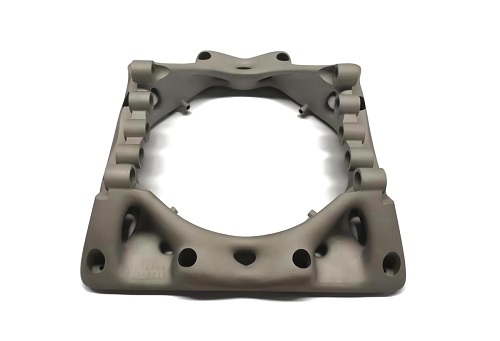
For Aerospaces
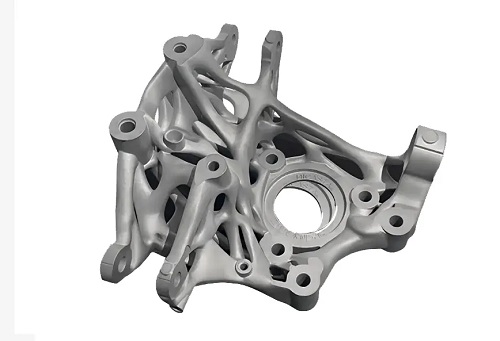
For Automotive

Mold Making
SLM 3D printing equipment
As a professional 3D printing company, we have 50 SLA resin 3D printers, as well as 6 SLS nylon 3D printers and metal 3D printers. We have a variety of 3D printing materials to choose from, as well as various post-processing processes and complete outsourcing processing capabilities. We provide services such as 3D printing, copying, and coloring, and have established a dedicated team for model production business, possessing excellent display analysis and design capabilities. Possess strict quality management system certification. We have rich experience in industries such as automobiles, home appliances, office equipment, building models, medical dentistry, jewelry, sculpture, ceramics, etc.
